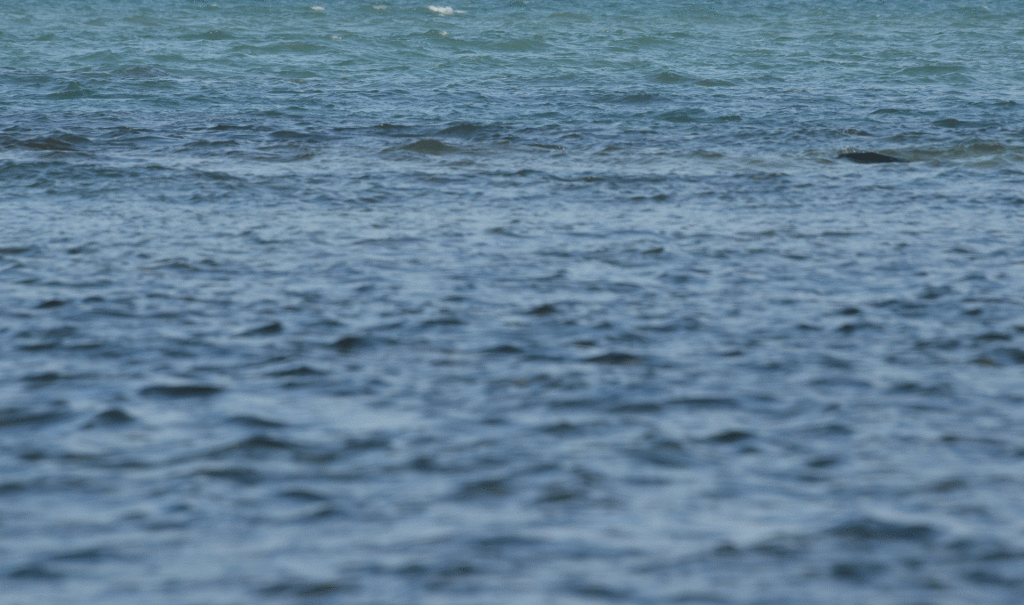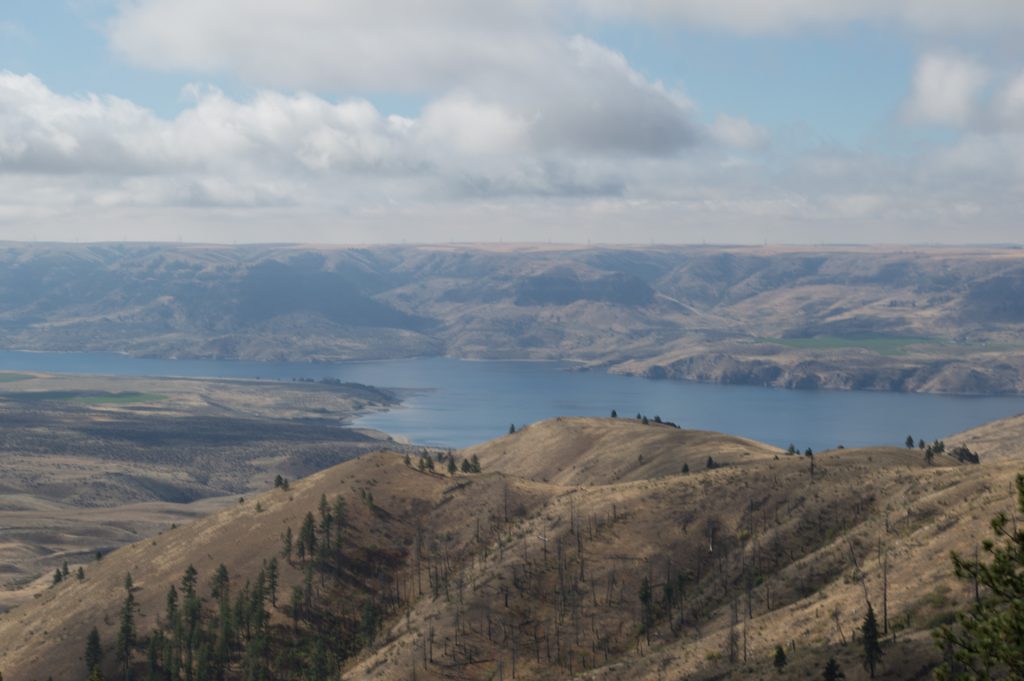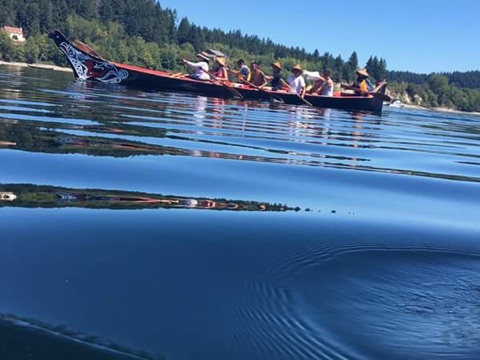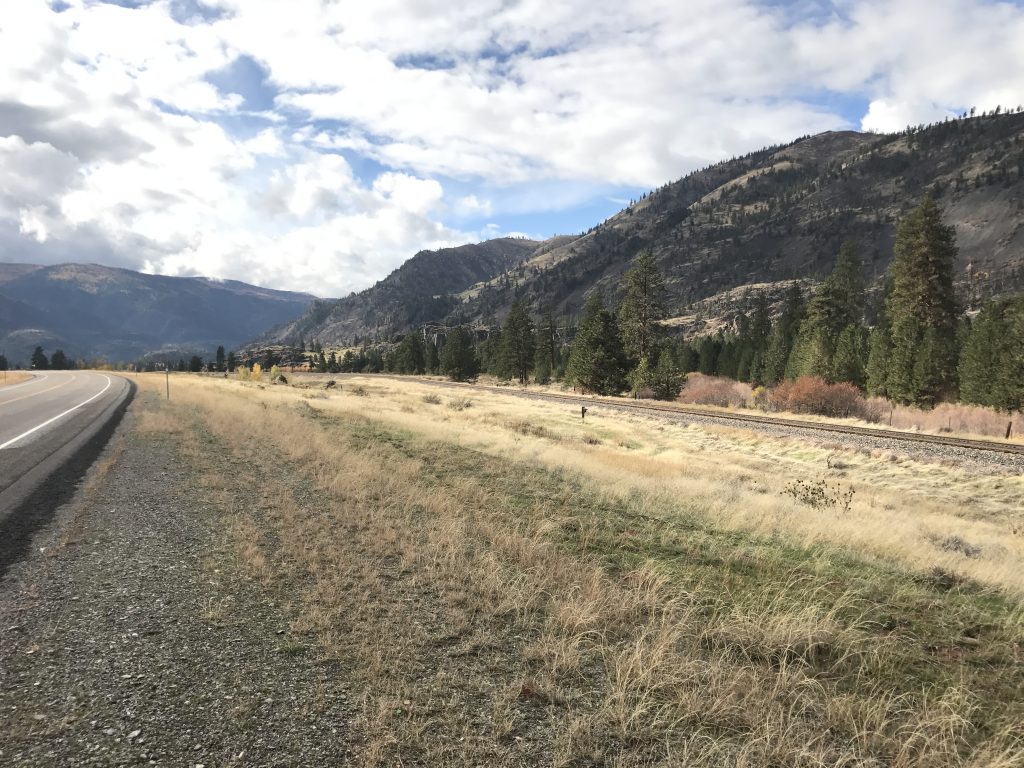News & Events
January 15, 2014
Taiwan’s Indigenous Peoples
 Taiwan is a small, densely-populated (second only to Bangladesh among nations) island in the Western Pacific off the southeast coast of China, that has a significant population of Austronesian indigenous peoples. The indigenous peoples of Taiwan consist of 14 different officially recognized tribes, as well as some unrecognized tribes, totaling nearly 500,000 people. This represents just over 2% of the total population of Taiwan, with the rest of the 23,300,000 comprised of Han Chinese, who started migrating to Taiwan in the late 1600s. The 14 official recognized tribes are: Amis, Atayal, Bunun, Kavalan, Paiwan, Puyuma, Rukai, Saisiyat, Sakizaya, Sediq, Thao, Truku, Tsou, and Yami.
Taiwan is a small, densely-populated (second only to Bangladesh among nations) island in the Western Pacific off the southeast coast of China, that has a significant population of Austronesian indigenous peoples. The indigenous peoples of Taiwan consist of 14 different officially recognized tribes, as well as some unrecognized tribes, totaling nearly 500,000 people. This represents just over 2% of the total population of Taiwan, with the rest of the 23,300,000 comprised of Han Chinese, who started migrating to Taiwan in the late 1600s. The 14 official recognized tribes are: Amis, Atayal, Bunun, Kavalan, Paiwan, Puyuma, Rukai, Saisiyat, Sakizaya, Sediq, Thao, Truku, Tsou, and Yami.
Similar to many indigenous populations across the world, the indigenous peoples of Taiwan have experienced generations of devastating colonial oppression by foreign governments. Taiwan’s indigenous peoples had their sovereignty and lived independently for approximately 8,000 years before Taiwan was invaded by foreigners in the 17th Century—Holland, Spain, Portugal, and China’s Ming and Ch’ing Dynasties. Despite centuries of continuous colonization, the plains in Eastern Taiwan and the mountains of Central Taiwan, home to many indigenous tribes, were not governed by foreign authorities until the beginning of the Japanese colonial era in 1895. At that time, in order to subdue the tribes, the Japanese colonial government initiated a bloody 5-year military campaign. Most indigenous tribes fought against the Japanese military, leading to many war casualties among indigenous peoples. During the 1914 Truku and Japanese War, many Truku warriors lost their lives as 3,000 warriors fought against 20,000 Japanese soldiers. Consequently, tribal elders decided to surrender to the Japanese military to prevent the obliteration of the Truku Tribe with the vision and hope to preserve future generations.
The Japanese government forced the relocation of indigenous communities to the lowlands and scattered communities from the same tribe to live far apart from each other. The forced relocation made it easy for the Japanese government to control the indigenous tribes. The relocation dramatically shifted the indigenous lifestyle from traditional hunting and gathering to agricultural production, and destroyed the traditional organization and tribal cohesion of indigenous communities.
 The Kuomingtang (KMT) government from mainland China replaced the Japanese government and occupied Taiwan in 1945. In order to consolidate its rule over Taiwan, the KMT government adopted an assimilation policy and severely restricted the use of local languages (which included the speaking of indigenous languages in public settings) and forced people to speak Mandarin until the 1990s. Students were only allowed to speak and learn Mandarin at school for nearly 50 years. This cultural assimilation policy resulted in the loss of traditional languages and identity for indigenous peoples. In addition, the KMT government also enacted the Hunting Ban in 1948 (which was later repealed and replaced by the Wildlife Protection Law in 1989), and the National Park Law in 1972 to restrict indigenous peoples from using natural resources. Indigenous people were forbidden to practice their traditional hunting and gathering due to these laws. Hunting is not just a way for indigenous peoples to access material resources from the mountains. There are tribes that have a tradition of hunting ceremonies, which are a means of communicating with the spirits of ancestors and receive their blessing before going hunting in the mountains; the various bans and laws prevented indigenous peoples to connect with their spiritual world.
The Kuomingtang (KMT) government from mainland China replaced the Japanese government and occupied Taiwan in 1945. In order to consolidate its rule over Taiwan, the KMT government adopted an assimilation policy and severely restricted the use of local languages (which included the speaking of indigenous languages in public settings) and forced people to speak Mandarin until the 1990s. Students were only allowed to speak and learn Mandarin at school for nearly 50 years. This cultural assimilation policy resulted in the loss of traditional languages and identity for indigenous peoples. In addition, the KMT government also enacted the Hunting Ban in 1948 (which was later repealed and replaced by the Wildlife Protection Law in 1989), and the National Park Law in 1972 to restrict indigenous peoples from using natural resources. Indigenous people were forbidden to practice their traditional hunting and gathering due to these laws. Hunting is not just a way for indigenous peoples to access material resources from the mountains. There are tribes that have a tradition of hunting ceremonies, which are a means of communicating with the spirits of ancestors and receive their blessing before going hunting in the mountains; the various bans and laws prevented indigenous peoples to connect with their spiritual world.
 These historically traumatic events had devastating effects on indigenous peoples of Taiwan, such as loss of lands, loss of languages, loss of indigenous identity and pride, and loss of traditional knowledge, practice and spirituality. The indigenous peoples of Taiwan and American Indian and Alaska Native peoples share similar experiences of colonial oppression, even though they experienced different historically traumatic events.
These historically traumatic events had devastating effects on indigenous peoples of Taiwan, such as loss of lands, loss of languages, loss of indigenous identity and pride, and loss of traditional knowledge, practice and spirituality. The indigenous peoples of Taiwan and American Indian and Alaska Native peoples share similar experiences of colonial oppression, even though they experienced different historically traumatic events.
Indigenous resistance and revival
Since the 1980s, the growth of vigorous indigenous movements has increased political and public attention to indigenous rights. In April 1994, Taiwan’s then president Lee Teng-hui used the term 原住民Yuan Zhu Min (which has the same meaning as “Indigenous people / Native people”) to replace the term 山地人Shan Di Ren (which means mountaineers and may be viewed as barbarian) for the first time in a government speech. The term原住民Yuan Zhu Min was used in a later amendment to the constitution to protect indigenous rights. Many indigenous peoples considered the use of原住民Yuan Zhu Min as a victory for indigenous populations because it recognizes that indigenous peoples are the native peoples in Taiwan.
 Additionally, since indigenous communities gradually became aware of their rights, more and more indigenous peoples have engaged in indigenous movements; these collective movements have improved indigenous policies since 2000. In 2001, the Taiwanese government launched the “Aboriginal Identification Law.” If one of the parents is recognized as indigenous, their children will meet the requirement to be recognized as indigenous people. And then, the Taiwanese government launched “Indigenous Peoples’ Basic Law” for protecting indigenous rights at both individual and collective levels in 2005. In addition, five indigenous tribes successfully fought for their recognition between 2001 and 2008. The Thao, Kavalan, Truku, Sakizaya and Sediq were recognized by Taiwan’s government in 2001, 2002, 2004, 2007 and 2008 respectively.
Additionally, since indigenous communities gradually became aware of their rights, more and more indigenous peoples have engaged in indigenous movements; these collective movements have improved indigenous policies since 2000. In 2001, the Taiwanese government launched the “Aboriginal Identification Law.” If one of the parents is recognized as indigenous, their children will meet the requirement to be recognized as indigenous people. And then, the Taiwanese government launched “Indigenous Peoples’ Basic Law” for protecting indigenous rights at both individual and collective levels in 2005. In addition, five indigenous tribes successfully fought for their recognition between 2001 and 2008. The Thao, Kavalan, Truku, Sakizaya and Sediq were recognized by Taiwan’s government in 2001, 2002, 2004, 2007 and 2008 respectively.
As a Truku tribal member involved in the Truku tribal recognition movement, I remember one elder (a 12-year veteran of the Truku tribal recognition movement) who mentioned the importance of fighting for Truku recognition for future generations. “We call ourselves Truku people because we come from the place called Truku. If Truku were not recognized by the Taiwan government, our future generations may forget who they are, where their ancestors came from, and they may also forget that their ancestors relocated to current locations with a hope and vision for future generations.”
Although more and more indigenous tribes have been recognized by the Taiwan government, some tribes are still fighting for recognition. In addition, for those officially recognized tribes, their engagement in indigenous movements continue as they fight for tribal sovereignty. As one Truku elder mentioned, “Recognition is a way to protect and promote indigenous identity and pride; tribal sovereignty is the way that can improve tribal peoples’ well-being and let Truku people be real Truku balay (true Truku person).” Fighting for sovereignty has become one of the major goals for many indigenous tribes in Taiwan. 




